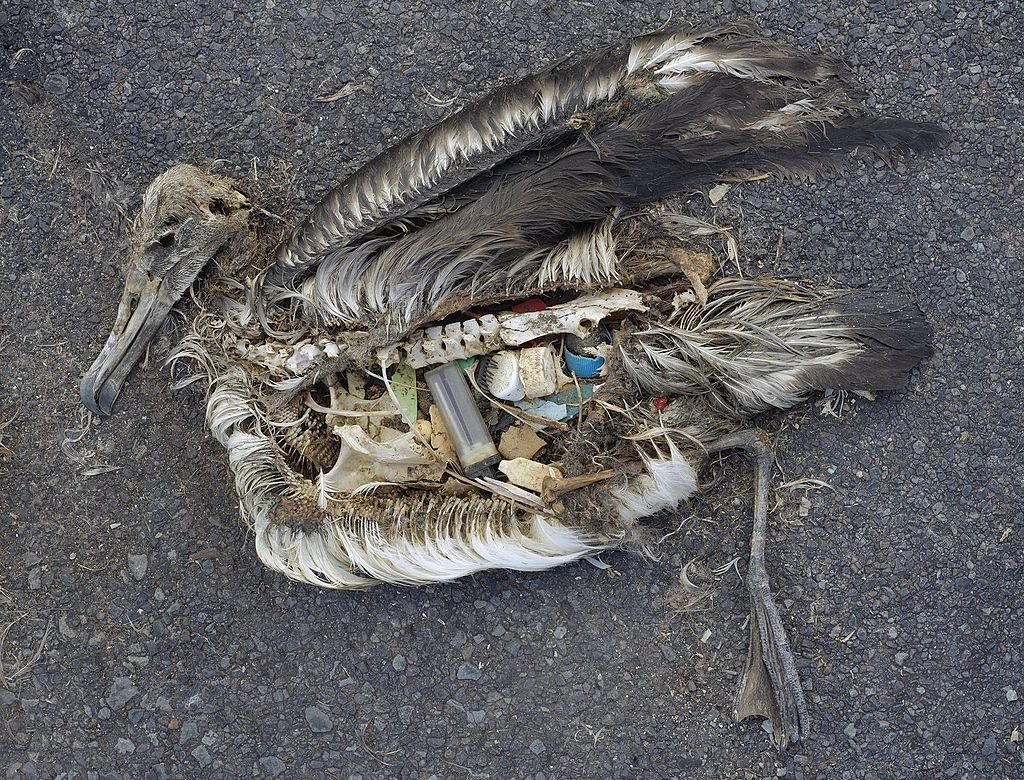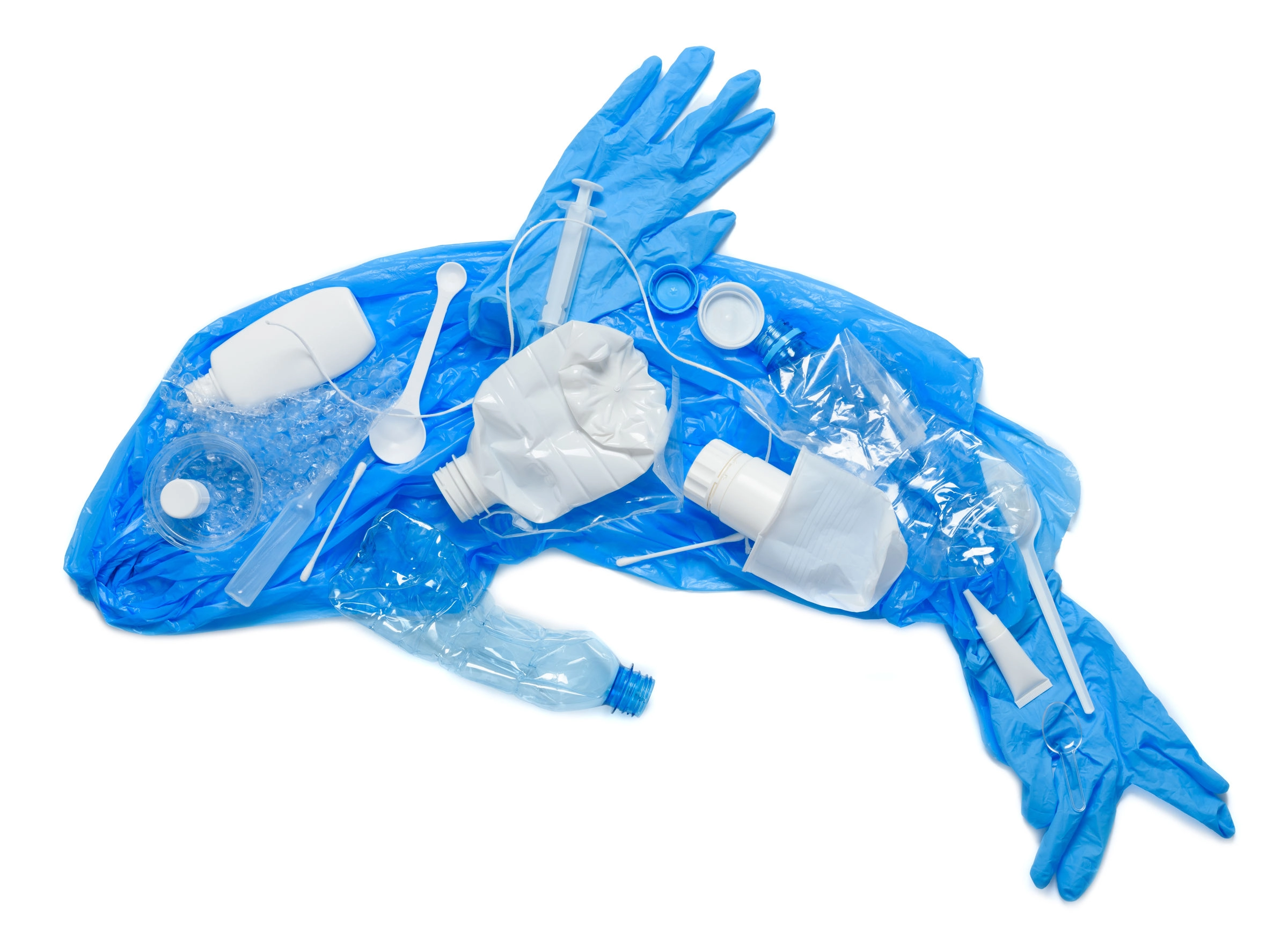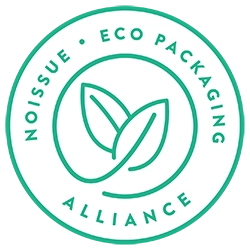Read About:
- The problem with plastic straws
- Why is the focus on plastic straws?
- Plastic is not biodegradable
- Plastic pollution affects wildlife and amphibious creatures
- Plastic pollution endangers whales and dolphins
- What are the human health consequences of plastic pollution?
- Nations around the world are taking action!
The problem with plastic straws – edible drinking straws could be the solution
On July 1, 2018, Seattle, Washington, became the very first city in America to ban the use of plastic straws, stir sticks, and other utensils. Edible drinking straws, however, are still allowed.Meanwhile, New York City lawmakers recently proposed similar legislation which, if approved, will implement a plastic straw ban by 2020. San Francisco is also following suit by introducing a new city ordinance attempting to ban plastic straws and stir sticks citywide.The movement has also caught the attention of several large corporations. In July 2018, the New York Times reported that the Starbucks chain will become the very first international conglomerate to move away from disposable plastic straws throughout its more than 28,000 stores worldwide.The announcement initiated a domino effect as other globally operating companies like Disney, Hyatt Regency Hotels, Hilton Hotels, Marriott International, and American Airlines introduced similar policies.

Garbage on the beach.
McDonalds restaurants in the UK and Ireland took their commitment to eco-friendly utensils a few steps further. In June 2018, the company announced that it aimed to have 100% of its packaging to be made from only recyclable or renewable materials by 2025. As major metropolitan areas and international corporations begin
takingaggressive action to help save the environment, people are starting to take notice. Edible drinking straws have become more popular, as people realize they’re a more eco-friendly option.
Why is the focus on plastic straws?
While issues of global warming are often debated openly in the mainstream media, the same news organizations rarely acknowledge the catastrophic events surrounding plastic waste that is currently occurring right before our very eyes.
Approximately 31% of the cumulative plastic pollution is caused by mass-produced food containers and wrappings. An estimated 16% is derived from plastic bottles and bottle caps, while another 11% comes from plastic bags. Meanwhile, plastic straws and stir sticks account for just over 8% of the total.
Based on recent analysis of the garbage collected on the coastlines of the United States over the past 5 years, scientists now estimate that an approximate 7.5 million plastic straws lie on America’s shorelines at any given moment. They calculate that another 437 million (up to 8.3 billion) plastic straws are currently polluting the beaches and coastlines across the entire world.
Now, why are plastic straws such a huge target for environmentalists? Aren’t they a significantly smaller part of the overall problem? In truth, it’s the fact that they are so small that makes them such a big problem.
Even the most eco-friendly enthusiasts tend to forget to recycle their plastic straws. Due to their size and lightweight structure, many straws never make it through the mechanical recycling sorters used by office buildings, restaurants, and other businesses.
As a result, they often end up in the garbage bin, which allows them to make their way into the world’s oceans, waterways, and soil. Then, unlike edible drinking straws, they lie unharmed for decades and decades, causing problems. But more on that in a bit.
Plastic is not biodegradable.
Drinking straws weren’t always made out of plastic. In fact, they were predominantly made of paper until manufacturers discovered in the 1960s that plastic was a quicker and cheaper alternative.
Today, Americans use about 500 million drinking straws every single day. One study estimates that as many as 8.3 billion plastic straws currently pollute the world’s beaches. Another 8 million tons of plastic consistently flow into the world’s oceans every year.
As manufacturers of drinking straws became aware of the cost efficiency of plastic, they gradually began to produce other portable containers out the same environmentally-deadly material. By 2015, the world will have produced an estimated 322 million tons of highly-toxic plastic straws, cups, bottles, and other to-go items.

Dead Albatross with plastic in its stomach - Get-Green-Now.com
The problem with plastic is that it isn’t biodegradable, which means it can’t break down into individual compounds like carbon dioxide and water, which can be reused by nature. Plastic can take decades or centuries to decompose fully, and because plastic products are non-recyclable, they end up in the world’s waterways or buried
deep inside landfills where they will remain for centuries…unless the world acts now. It’s time to take action to reverse the damage we’ve done – and to take steps to prevent further damage. Edible drinking straws are one way to help, but there are hundreds other things you can do to reduce your plastic usage.
Plastic pollution affects wildlife and amphibious creatures.
While plastic is non-biodegradable, it does break into smaller pieces over time. And it’s these small pieces of toxic plastic that can easily be mistaken for food by wildlife, and marine animals.Plastic drinking straws have become a particularly dangerous problem for seabirds and sea turtles who accidentally ingest small straw fragments, or feed them to their young. The creatures are unable to digest it, so it lies in their stomach, taking up space. This means the animal is unable to eat more food because its stomach is full, and it dies of starvation with a stomach full of plastic.
Research indicates that as many as 1 million birds die every year from suffocation caused by unintentionally ingested plastic. Scientists have found that the Australian seabird, the flesh-footed shearwater, now eats
more plastic per body mass than any other marine animal on the planet. One problem plastic causes is. The material looks, smells and even tastes like food, so it’s easy to see why they mistake it for food.
“The really sad thing about this is that they’re eating plastic thinking it’s food…Imagine you ate lunch and then just felt weak and lethargic and hungry all day. That would be very confusing.” – Marine Biologist Matthew Savoca of the National Oceanic and Atmospheric Administration, courtesy of National Geographic
It’s not just sea animals who are harmed by plastic. Because plastic drinking straws often end up in landfills, they get buried deep inside the soil for decades. As they begin to disintegrate underground, their toxic components gradually start seeping
into the surrounding soil. These noxious chemicals can easily find their way into the drinking water supplies of both humans and animals alike, and cause adverse health effects.
Plastic pollution endangers whales and dolphins. Save the whales by switching to edible drinking straws!
According to a Save the Dolphins website, around 50 marine mammals mysteriously washed up along the shorelines of the United Kingdom in April 2019. A “striking number” were dolphins, whales, and porpoises.As marine biologists began to investigate their death, they immediately began to suspect that the increased levels of plastic pollution off the ocean shore of Great Britain may have been a significant contributing factor.According to Erin Murphy of the International Marine Mammal Project of Earth Island Institute in California, approximately 8 million tons of plastic enters the ocean every year where it will remain circulating within the underwater ecosystems for decades to come.Scientists now estimate that there are currently about 50 trillion – that’s “TRILLION” with a “T” – pieces of plastic clogging our oceans and waterways.Even worse, they believe that every single square mile of the world’s oceans now contain some form of plastic waste floating. By 2050, researchers predict that our seas will have more plastic than fish – all species combined!

Single use plastics are dangerous for the oceans.
What are the human health consequences of plastic pollution?
Plastic pollution hurts humans too. A recently published study indicates a possible connection between the chemical bisphenol-A (BPA) and patients living with autism. BPA is a common ingredient in plastic straws, packaging, and utensils.
A group of scientists from the Rutgers New Jersey Medical School (NJMS) and Rowan University School of Osteopathic Medicine (RowanSOM) has successfully determined that autistic children tend to have a severely diminished capacity to process or metabolize BPA.
The research appears in the online medical journal Autism Research. Lead author of the report, Dr. T. Peter Stein, states the following:
“It has been suspected for a lot of years that BPA is involved in autism, but there was no direct evidence…We’ve shown there is a link. The metabolism of BPA is different in some children with autism than it is in otherwise healthy children.”
The number of medical diagnoses of childhood autism is consistently rising. According to the U.S. Center for Disease Control and Prevention (CDC), in the year 2000, approximately 1 in 150 children were diagnosed with the neurological disorder. In just 12 years, the figures shot up to 1 in 68 children. By 2014, the numbers had climbed to 1 in 59 children. Scary, isn’t it?
While the BPA in plastics may not be the only reason behind this dramatic escalation, scientists firmly believe that it plays a significant role. Current research also suggests that BPA poisoning may be a contributing factor in many other medical conditions, including Asperger’s syndrome, Rett syndrome, Pervasive Developmental Disorder, and elective mutism.
So it isn’t just our marine animals that are suffering – it’s our children, too. And who knows what other harmful effects plastic pollution may have over the years?
Nations around the world are taking action!
Now that the world knows that plastic pollution is having long-term, negative effects on our unique and beautiful Earth, nations around the globe are standing up and taking action.
- In May 2018, the Canadian city of Vancouver became the first major metropolitan area to ban plastic straws, Styrofoam cups, and containers. The ultimate goal is to ban all solid waste by the year 2040.
- Costa Rica wants to be the first country in the world to officially prohibit the use of plasticized cutlery, straws, bottles, cups, and bags by the year 2021.
- In April 2018, Great Britain announced its intention to ban the manufacture of plastic straws, stir sticks, and “plastic-stemmed cotton buds.” Yes, Q-Tips will be officially outlawed in the Mother Country across the pond in the very near future.
- When plastic pollution from drinking straws grew to be such a threat to the ecosystems of the Cyclades archipelago, the nation of Greece passed legislation in May 2019 banning plastic drinking straws nationwide.
- According to the eco-friendly publication Global Citizen, the city of New Delhi in India “took a major step toward helping the planet when it banned all forms of single-use plastic in 2017.”
- The European Union now demands that all plastic packaging be made with 100% recyclable materials. The intentional use of microplastics is also heavily restricted.
These are just a few examples, but in reality, nearly every nation is taking action against single-use plastics.
You too can make a difference – by using edible drinking straws instead!
The Chinese philosopher Laozi once said, “A journey of a thousand miles begins with a single step.” While the global pollution problem may seem impossible to resolve, it’s becoming critically important for everyone to do their small part in helping to clean up the mess.
The average person uses an estimated 1.6 plastic straws per day. If just 25,000 people switch to edible drinking straws, then an estimated 5 million plastic straws would be kept away from our oceans. And don’t just stop at straws!
When going to your favorite restaurant, take edible drinking straws and reusable napkins with you. When packing the kiddies’ lunches for school, take an extra few
seconds and replace their plastic juice straws with our eco-friendly edible drinking straws instead. Just visit our website and order as many as you like. It’s that easy.
Switching to plastic alternatives is a wonderful way to reduce your carbon footprint. We encourage our customers to ask questions, recommend new green products, and offer advice on how we can further help the planet.
For more information or to simply express your support for our products, please contact us anytime.

